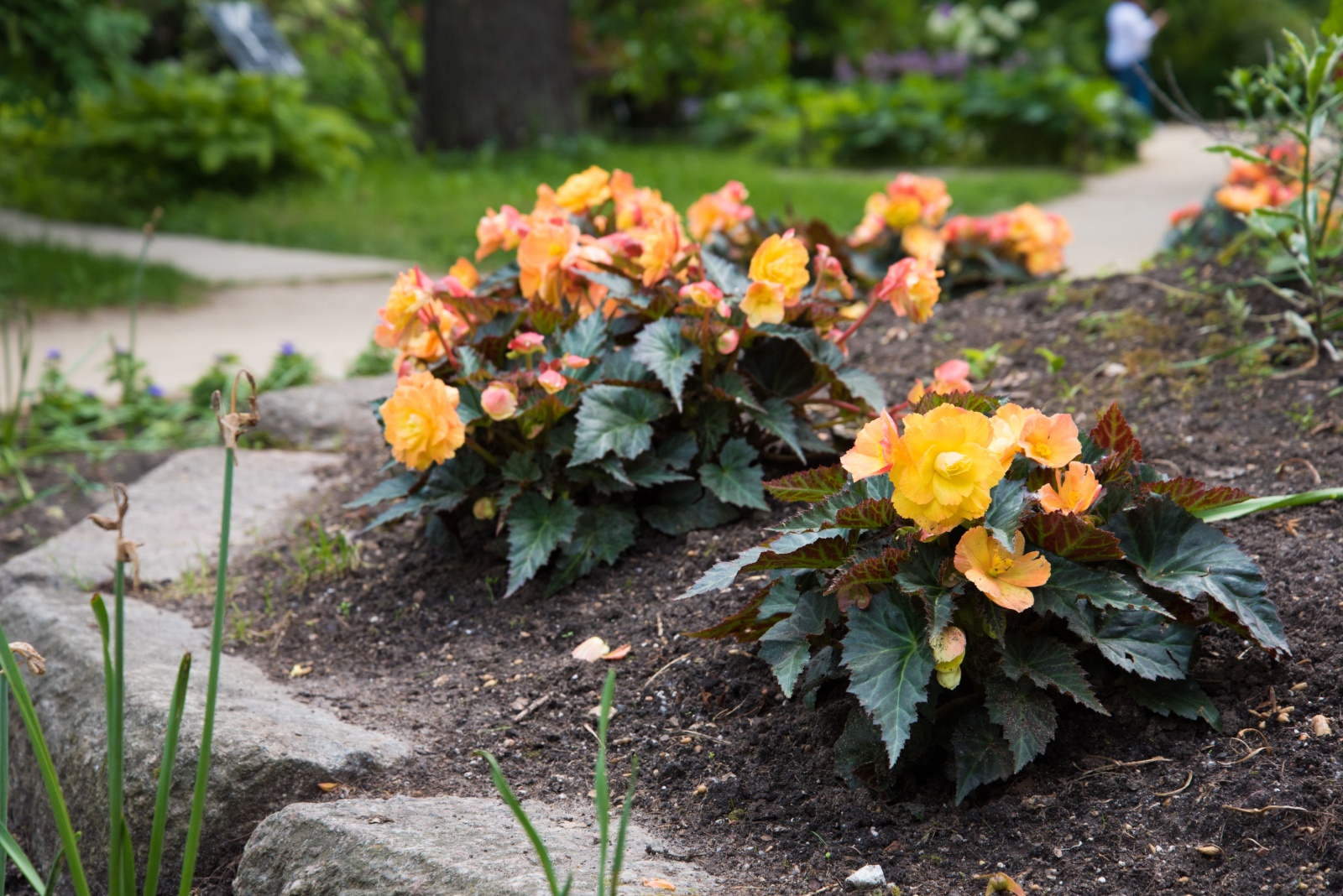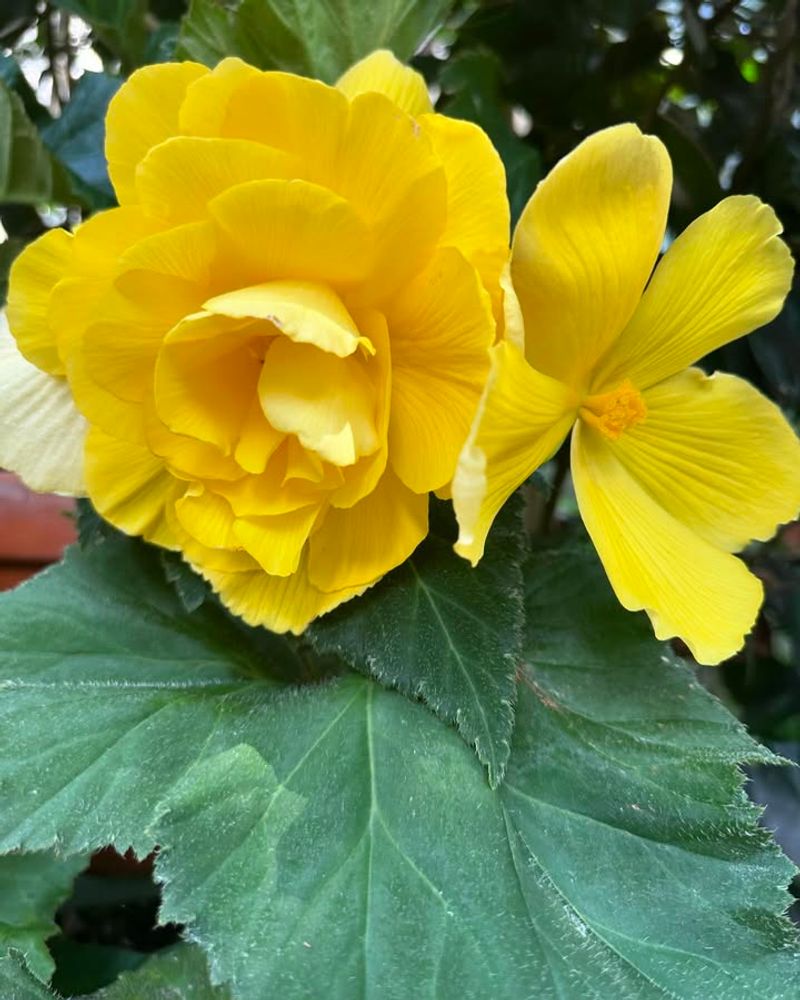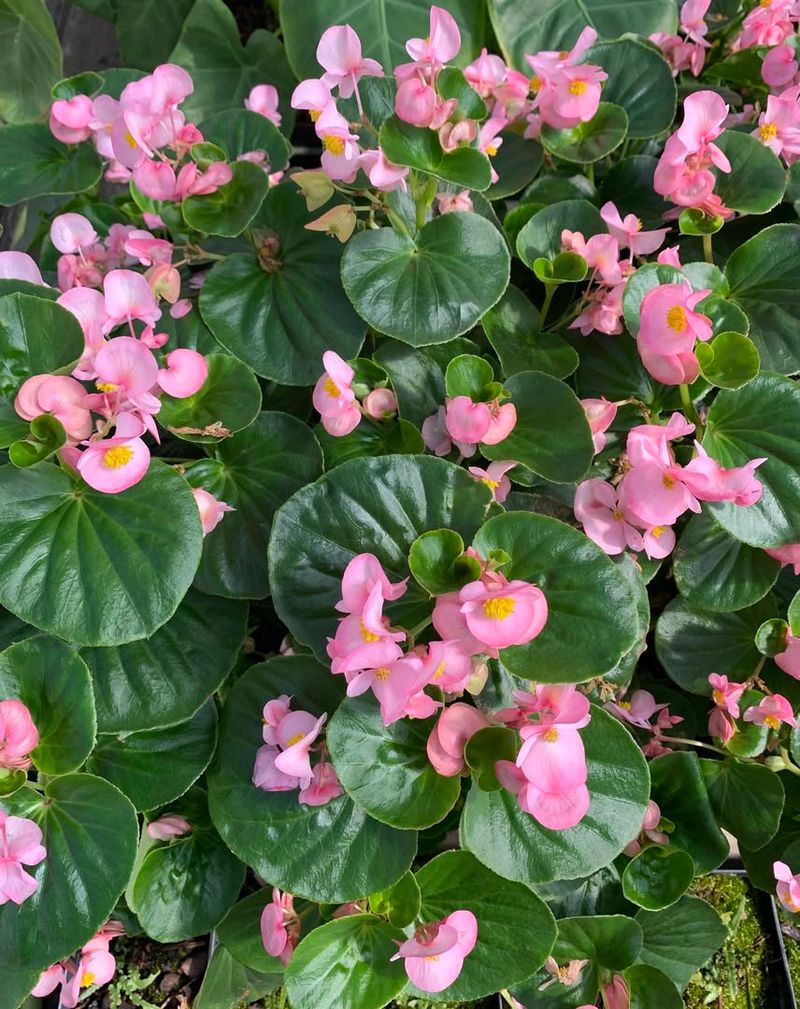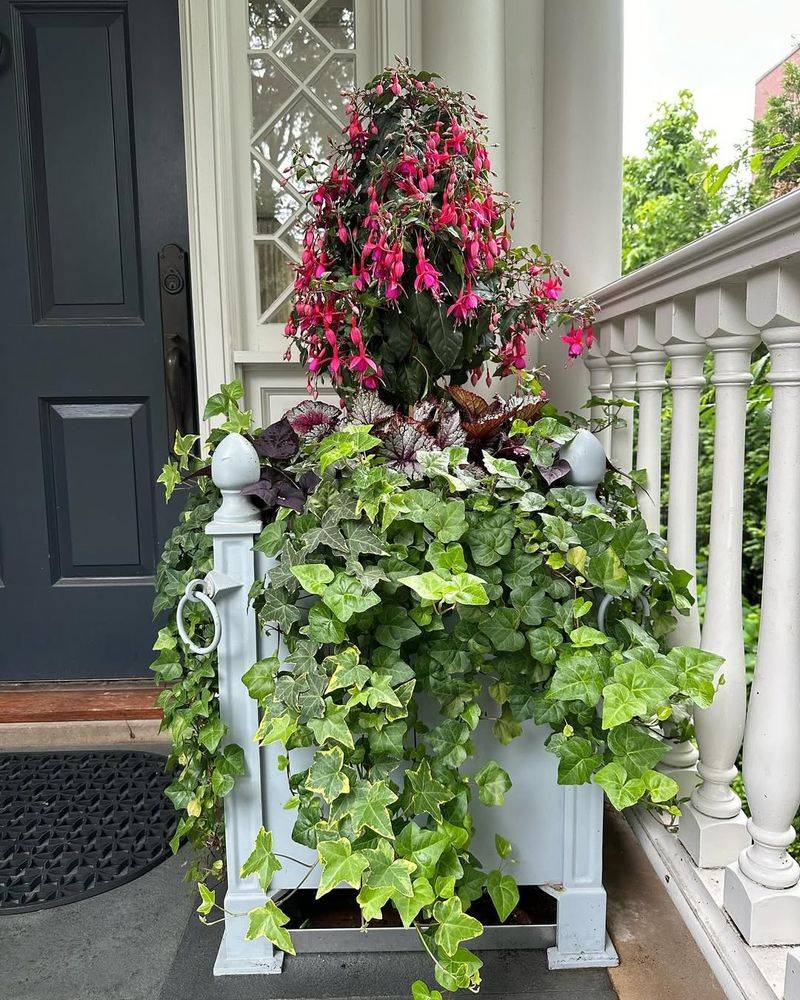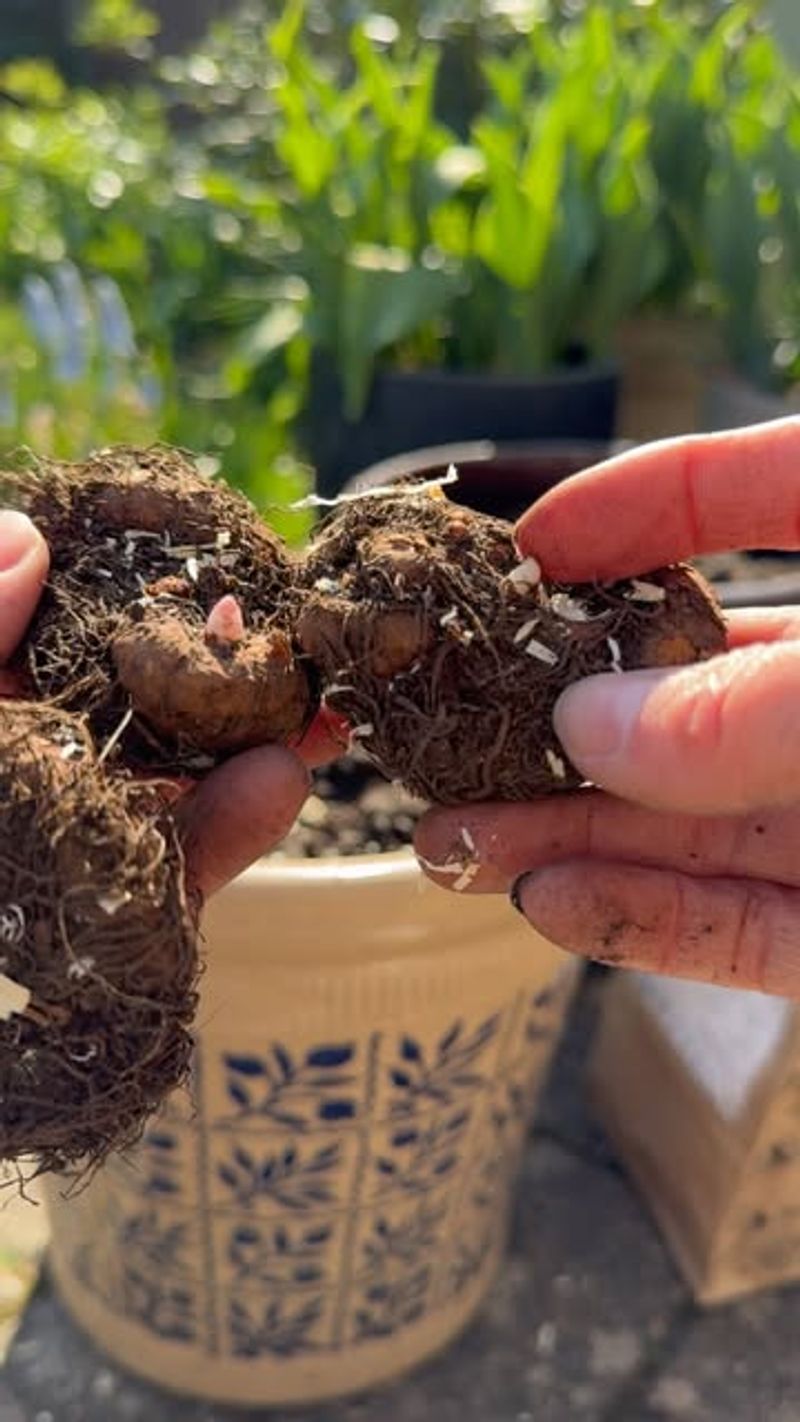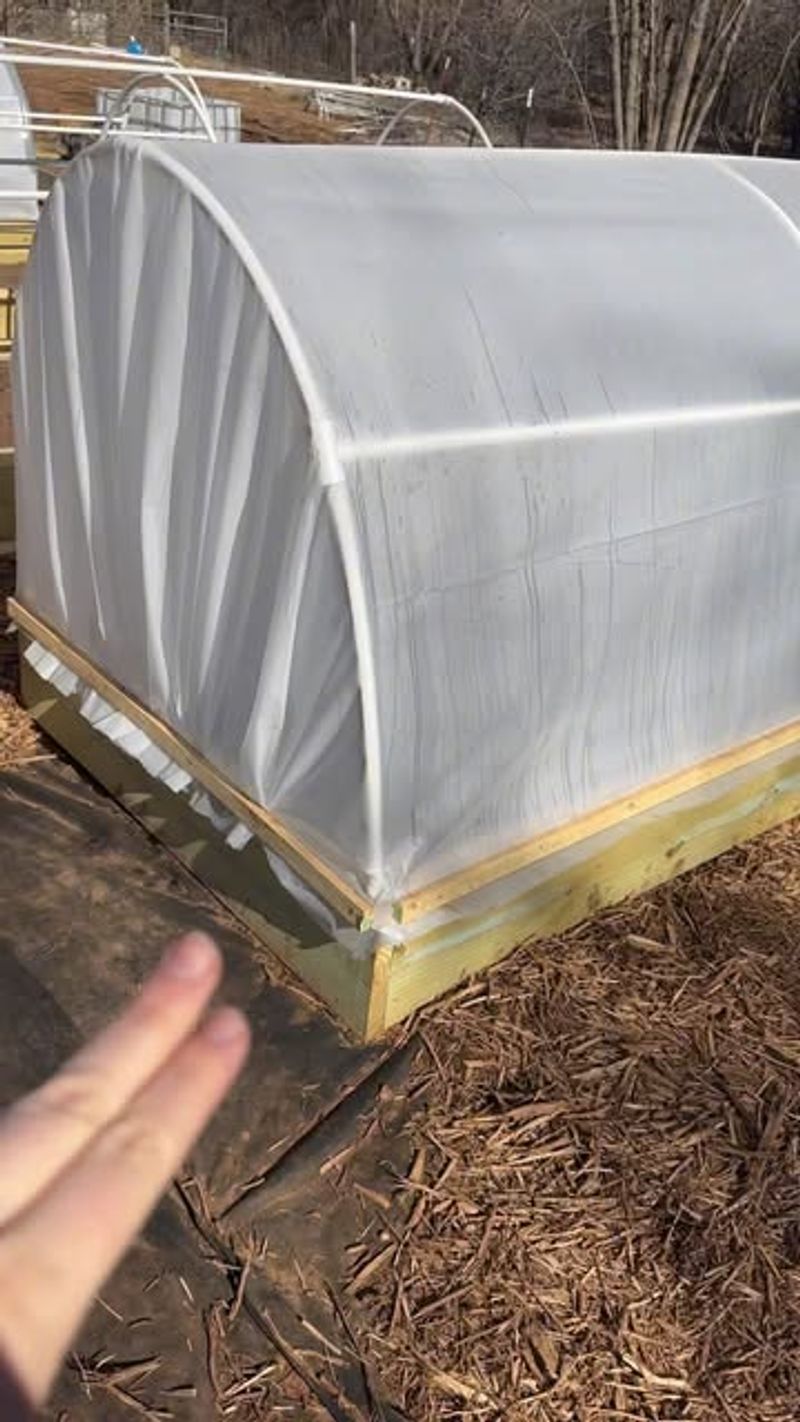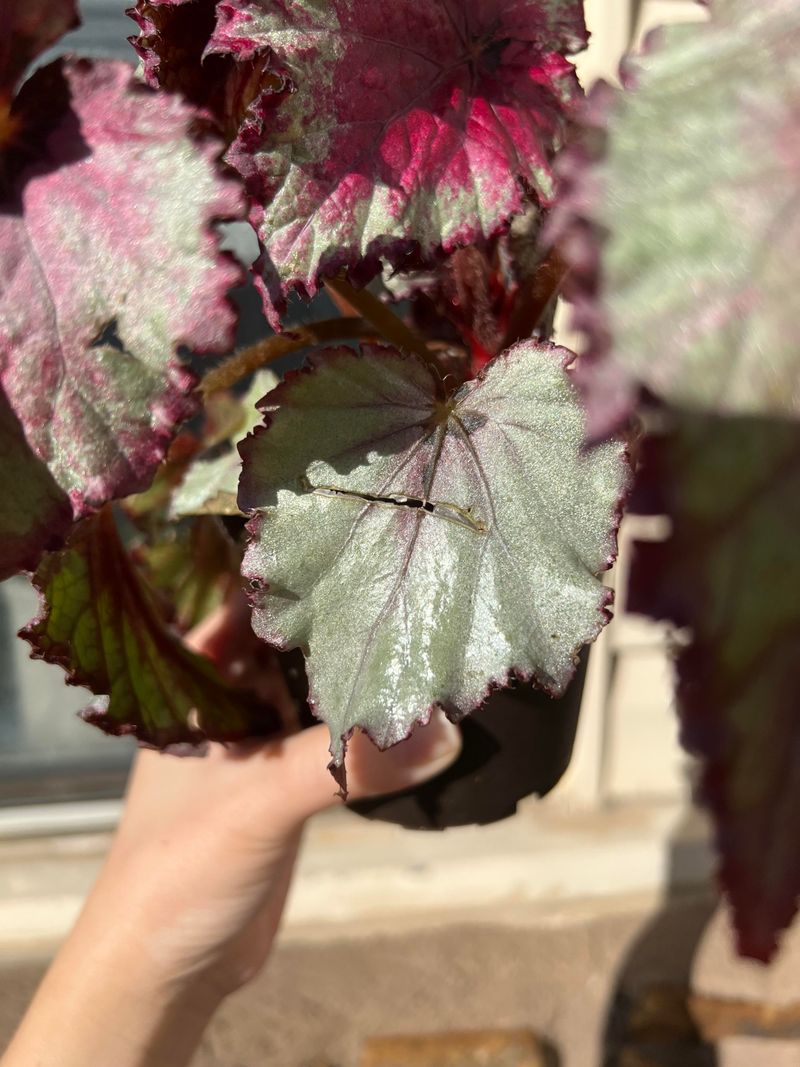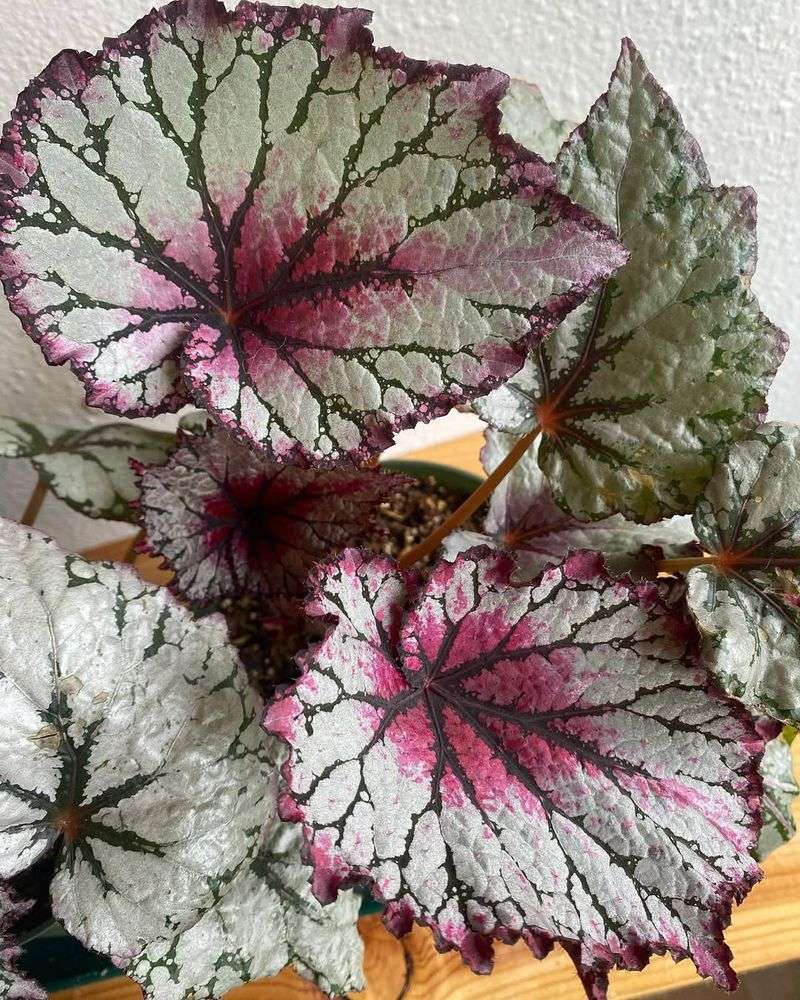Oregon winters can be tough on begonias, with cold rain, frost, and chilly temperatures threatening these beautiful plants. Many gardeners worry about losing their prized begonias when the weather turns harsh.
Luckily, experienced Oregon gardeners have discovered clever ways to keep their begonias safe and healthy through the coldest months, ensuring gorgeous blooms return when spring arrives.
1. Bring Tuberous Begonias Indoors Before First Frost
Timing matters when saving tuberous begonias from winter damage. Oregon gardeners watch weather forecasts closely in late October and early November, preparing to dig up their tuberous varieties before temperatures drop below freezing.
After carefully lifting the plants, they cut back stems to about two inches and let tubers dry in a cool, dark spot for several days. Once completely dry, they store tubers in boxes filled with peat moss or vermiculite, keeping them in basements or garages where temperatures stay between 40-50 degrees Fahrenheit throughout winter.
2. Mulch Hardy Begonias With Evergreen Boughs
Did you know that some begonias can actually survive outdoors in Oregon winters? Hardy varieties like Begonia grandis benefit from a protective blanket of evergreen branches collected after Christmas tree trimming or from pruning jobs.
Rather than using leaves that can become soggy and rot, Oregon gardeners layer fir, pine, or cedar boughs over begonia crowns. This natural insulation keeps soil temperatures more stable while allowing air circulation, preventing the crown rot that kills many overwintered plants during wet Pacific Northwest winters.
3. Move Container Begonias To Covered Porches
Container begonias need special attention when cold weather approaches. Smart Oregon gardeners relocate potted begonias to covered porches, carports, or under eaves where plants stay dry but receive indirect light.
Keeping containers off cold concrete using pot feet or wooden blocks prevents root damage from ground frost. Grouping pots together creates a microclimate that holds warmth better than scattered placement. Watering gets reduced significantly since begonias enter dormancy, requiring moisture only when soil becomes completely dry to prevent both root rot and dehydration.
4. Apply Thick Compost Layers Around Root Zones
Compost works double duty for winter begonia protection in Oregon gardens. A three to four inch layer of finished compost spread around begonia root zones acts as insulation against temperature swings while slowly releasing nutrients.
Unlike fresh mulch that can harbor pests, aged compost discourages slugs and snails that plague Pacific Northwest gardens. Oregon gardeners apply compost in late November after the first light frost but before hard freezes arrive, creating a protective barrier that moderates soil temperature and prevents heaving caused by repeated freeze-thaw cycles throughout winter months.
5. Create Mini Hoop Houses With Clear Plastic
Resourceful Oregon gardeners build simple hoop houses over begonia beds using flexible PVC pipes and clear plastic sheeting. Construction takes less than an hour and costs minimal money compared to losing valuable plants.
Hoops get anchored with rebar stakes, then covered with greenhouse plastic that traps warmth while allowing light penetration. Vents left open on mild days prevent overheating and condensation buildup. When temperatures plunge below 25 degrees, gardeners add old blankets over the plastic for extra insulation, removing them once temperatures climb back above freezing during daytime hours.
6. Reduce Watering To Match Dormancy Needs
Overwatering kills more begonias during Oregon winters than cold temperatures alone. Experienced gardeners recognize that begonias naturally slow growth and enter semi-dormancy when daylight decreases and temperatures drop.
Watering frequency gets cut to once every two or three weeks, only when soil feels dry several inches down. Indoor begonias need even less water since they lack wind and sun to dry soil quickly. Checking moisture levels before watering prevents the soggy conditions that lead to root rot, stem rot, and fungal diseases that thrive in Oregon’s damp winter climate.
7. Store Rex Begonias In Bright Indoor Locations
Rex begonias, prized for their stunning foliage, cannot tolerate Oregon’s outdoor winter conditions and must come inside. These tropical beauties need bright, indirect light from south or east-facing windows to maintain their vibrant leaf patterns.
Oregon gardeners keep rex begonias away from heating vents that dry air excessively, sometimes using pebble trays filled with water to boost humidity levels. Temperatures between 60-70 degrees Fahrenheit keep rex begonias comfortable indoors. Light fertilizing continues monthly at half-strength since rex varieties grow year-round when given proper indoor conditions and care attention.

